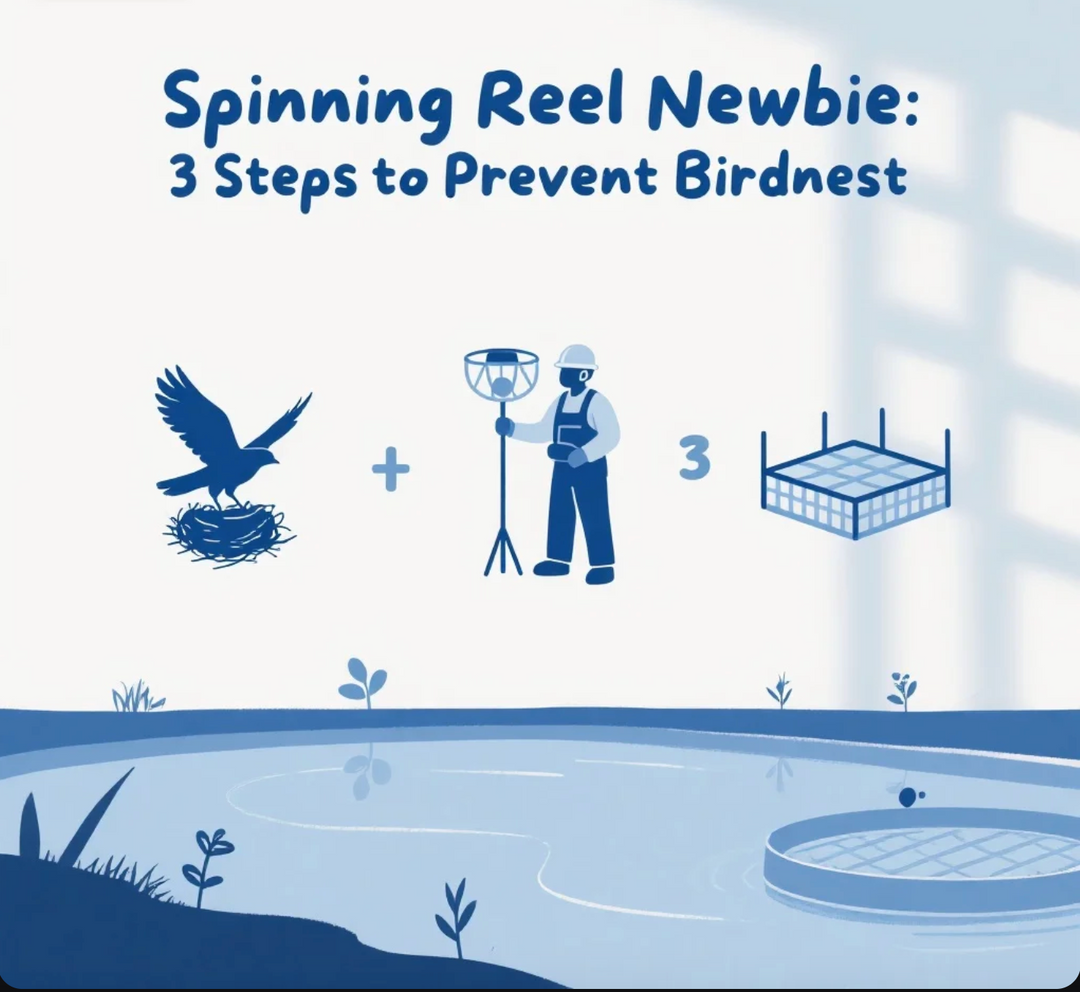Arctic Ice Fishing Adventure: Inuit Survival Art and the Challenges of Climate Change
The Arctic landscape, a vast expanse of frozen seas and endless winters, has long been home to the Inuit people, whose survival art has thrived for millennia amid some of Earth’s harshest conditions. At the heart of their culture lies Arctic ice fishing—a practice woven into their identity, connecting them to the land, sea, and the delicate balance of the Arctic ecosystem. Today, however, this ancient tradition faces unprecedented threats from climate change, which is reshaping the very foundation of their way of life.
The Art of Inuit Ice Fishing: A Symphony of Survival
For the Inuit, ice fishing is more than a livelihood; it’s a survival art passed down through generations. Traditionally, they craft tools from stone, bone, and ivory—tools like the ulu (a versatile knife) and kakivak (a fishing spear)—to harvest Arctic char, cod, and other fish species beneath the ice. Their knowledge of ice patterns, tides, and animal behavior is unparalleled, honed by centuries of adapting to an unforgiving environment.
Inuit communities rely on ice fishing not just for food but for cultural identity. The practice fosters community bonds, as families gather to share stories and strategies around fire-lit ice shelters (igluit). It’s a dance between respect for nature and resourcefulness: Inuit elders teach younger generations to read cracks in the ice, predict fish movements, and preserve catches using traditional methods like drying and smoking.
Climate Change: Melting the Foundations of a Way of Life
The Arctic is warming at twice the global rate, a crisis accelerating the melting of sea ice—a catastrophe for Inuit ice fishing and the wider ecosystem. Thinner, less stable ice makes travel dangerous, disrupting hunting and fishing seasons. Warmer waters alter fish habitats, pushing species northward or reducing their numbers, while invasive species threaten native Arctic marine life.
For the Inuit, the loss of sea ice isn’t just an environmental issue; it’s a threat to their cultural survival. Without reliable ice for fishing, communities face food insecurity and the erosion of traditions tied to the ice. “The ice is our highway, our grocery store, and our playground,” says Inuit elder Sarah Qilavaq-Savard. “When it melts, we lose a part of ourselves.”
Resilience in the Face of Change: Adapting, Advocating, and Preserving
Despite the challenges, the Inuit are far from passive victims. They are leading the charge in climate resilience, combining traditional knowledge with modern science to protect their way of life. Initiatives like community-led ice monitoring, sustainable fishing practices, and renewable energy projects are gaining traction. Simultaneously, Inuit voices are rising in global climate discussions, demanding action to preserve the Arctic—an area often overlooked in international climate policies.
Preserving Inuit survival art also means documenting and sharing their knowledge. Organizations and filmmakers are working to archive traditional ice fishing techniques, ensuring they aren’t lost to time. By amplifying these stories, we honor the Inuit’s connection to the land and their role as stewards of the Arctic.
What Can We Learn from the Arctic?
The story of Inuit ice fishing is a powerful reminder of humanity’s intertwined relationship with nature. As climate change accelerates, we must listen to the wisdom of those who’ve thrived in harmony with the environment for generations. Protecting the Arctic isn’t just about saving ice floes—it’s about safeguarding cultures, traditions, and a way of life that holds lessons for us all.
Let’s stand with the Inuit: advocate for policies to reduce carbon emissions, support Indigenous-led conservation efforts, and amplify their voices in the fight against climate change. Together, we can ensure that Arctic ice fishing remains a thriving tradition—and a symbol of resilience—for generations to come.
Meta Description
Discover how Inuit survival art thrives through Arctic ice fishing and the urgent climate change challenges threatening this ancient tradition. Explore cultural resilience, ecological impacts, and global lessons from the Arctic’s frontline communities.











Leave a comment